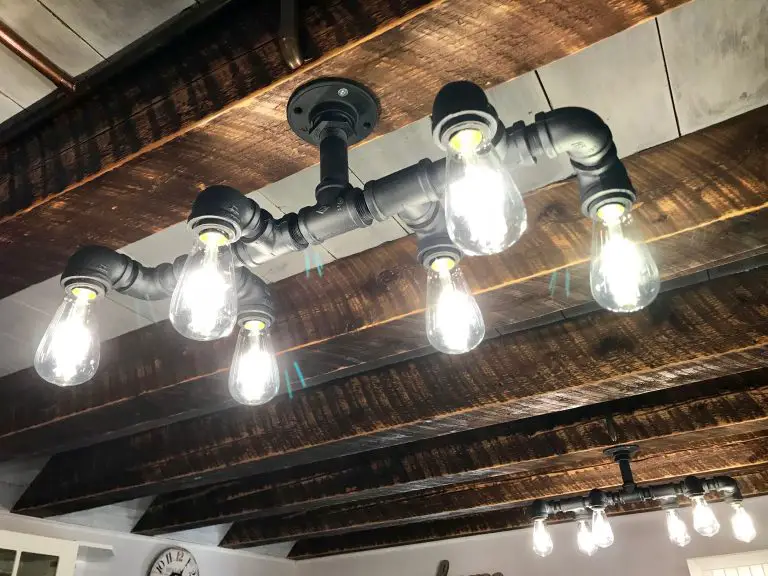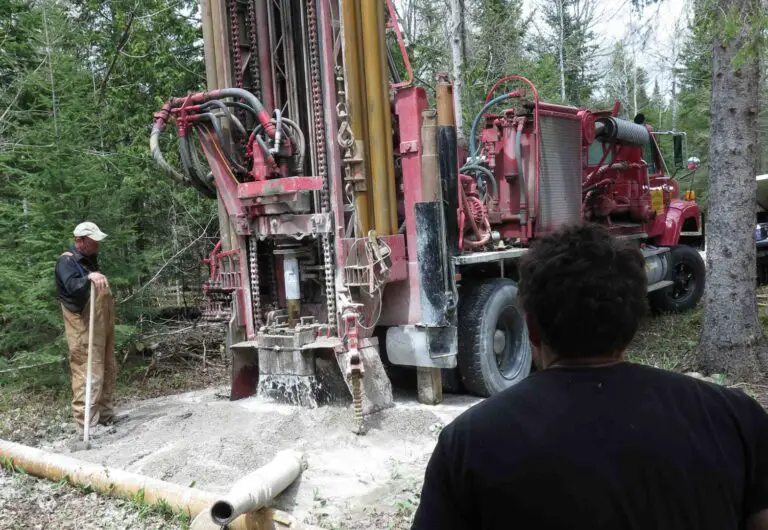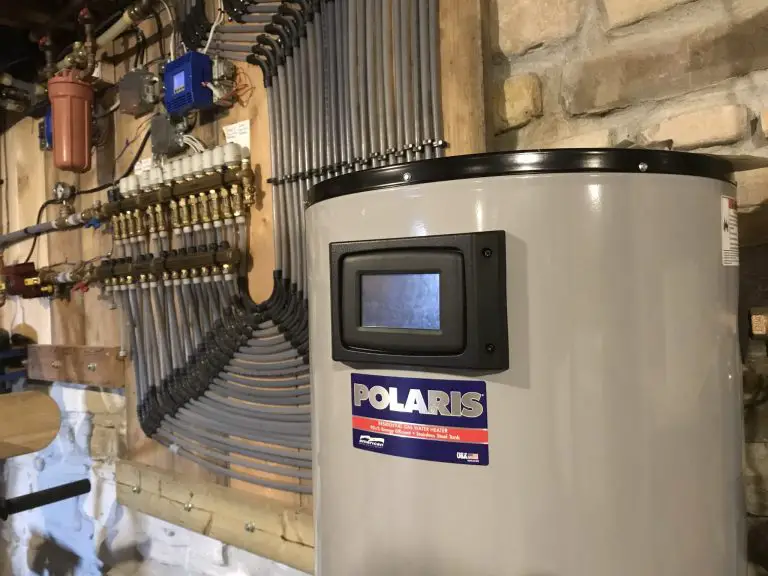
If you rely on a sump pump to keep your basement dry, then you need a good system that keeps on working even when electric power goes out. I often hear from homeowners who’ve endured a catastrophic basement leak that could have been completely avoided. Watch the video below for a detailed tutorial on how a two-pump sump system can keep you basement reliably dry when anything else would be a disaster. In the video above I explain how a sump pump works and how a great sump pump system works. There’s a difference between a sump pump, and a “sump pump system”, as you’ll see.
- Video Watch Time = 5 1/2 minutes
These devices are called sump pumps because they sit in a sump, which is typically a cylindrical opening that goes down into the floor of your basement. There’s usually some kind of a plastic liner with holes in it just to keep the dirt out, but to let the water in. So the idea is that the sump pump pumps out the water that forms underneath the floor of the basement. The water goes up and out of your house through these pipes before the water saturation in the soil gets high enough to start leaking into your basement. Some basements have sump pumps that only run a few times a year, perhaps after heavy rains. Other houses have sump pumps that pretty well run all the time depending on the ground conditions.
Sump Pump Reliability
So if your basement has a sump pump or it needs one to stay perfectly dry, then you are going to want to look at a setup like this dual-pump because this arrangement delivers a lot more reliability to the situation. The video above shows how there’s a regular 120 volt plug-in sump pump and it’s the submersible type. There’s an older type out there where the electric pump is actually up in the air and there’s a shaft that goes all the way down and the actual pump is down below. I much prefer submersible sump pumps because they’re smaller and more reliable. They really do work well. They’ll last for decades, too. The video shows there’s a floa switch. So when there’s no water in the sump, the float falls down, it switches OFF the pump. As the water rises, it raises this float, turning the sump pump ON, pumping water up and out.
So this is the way standard, plug-in sump pumps work and that’s fine in most situations. But as I said, if you rely on your sump pump to stop your basement – your finished basement – from being ruined by water, then you need more than this because the power can go out and the sump pump won’t work. Even the outgoing pipe might get blocked in the wintertime. Maybe it’ll freeze or something like that. There’s a bunch of things that can happen, all of which will lead to a lot of grief and a ruined basement. And that’s why this set up has a second pump in it.
This second sump pump has a battery backup feature, so it can operate on its own for a time. I mean this whole arrangement could function without the plug in electric pump, just relying on this battery-powered pump. The 12 volt car battery is stored in a battery case, but it’s also constantly charging when power is available because it’s plugged into a wall outlet via a charger.
Now normally the battery sump pump isn’t going to operate because the water level is going to have to get higher than the activation point of the plug in pump, before the battery powered pump kicks in. If you look closely at the video you’ll see that the battery pump is not going to come on until the water level rises higher than the activation point of the other sump pump. But the idea is that this really is a backup so it won’t come on unless the power goes out and inactivates the other pump. It will also come ON if the other pump fails. This gives you a lot of extra protection, which is what you need. You want multiple layers of safety here to protect that investment in your finished basement. The image below shows a dual sump pump system next to an old pump being replaced.

I would even suggest that you actually keep replacement pumps on hand. When you get a massive rain storm and the power goes out, it’ll be a Saturday evening or a holiday, or a long weekend and the stores aren’t going to be open. Having a spare pump on hand is a pretty small cost compared with the trouble that it might save you some day.
So that’s how all this works, but I have to be honest. I’ve almost never seen a person who relies on their sump pump who actually has a proper and reliable setup. Most people just have the one plug-in sump pump and that’s what they rely on. They think they’re okay, but they’re not. If you’ve got a basement that needs protecting, then you need at least two pumps working in your favor.












